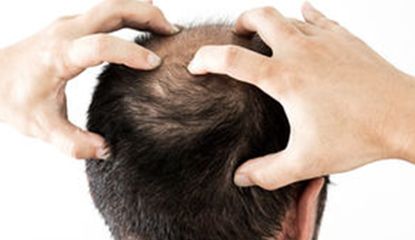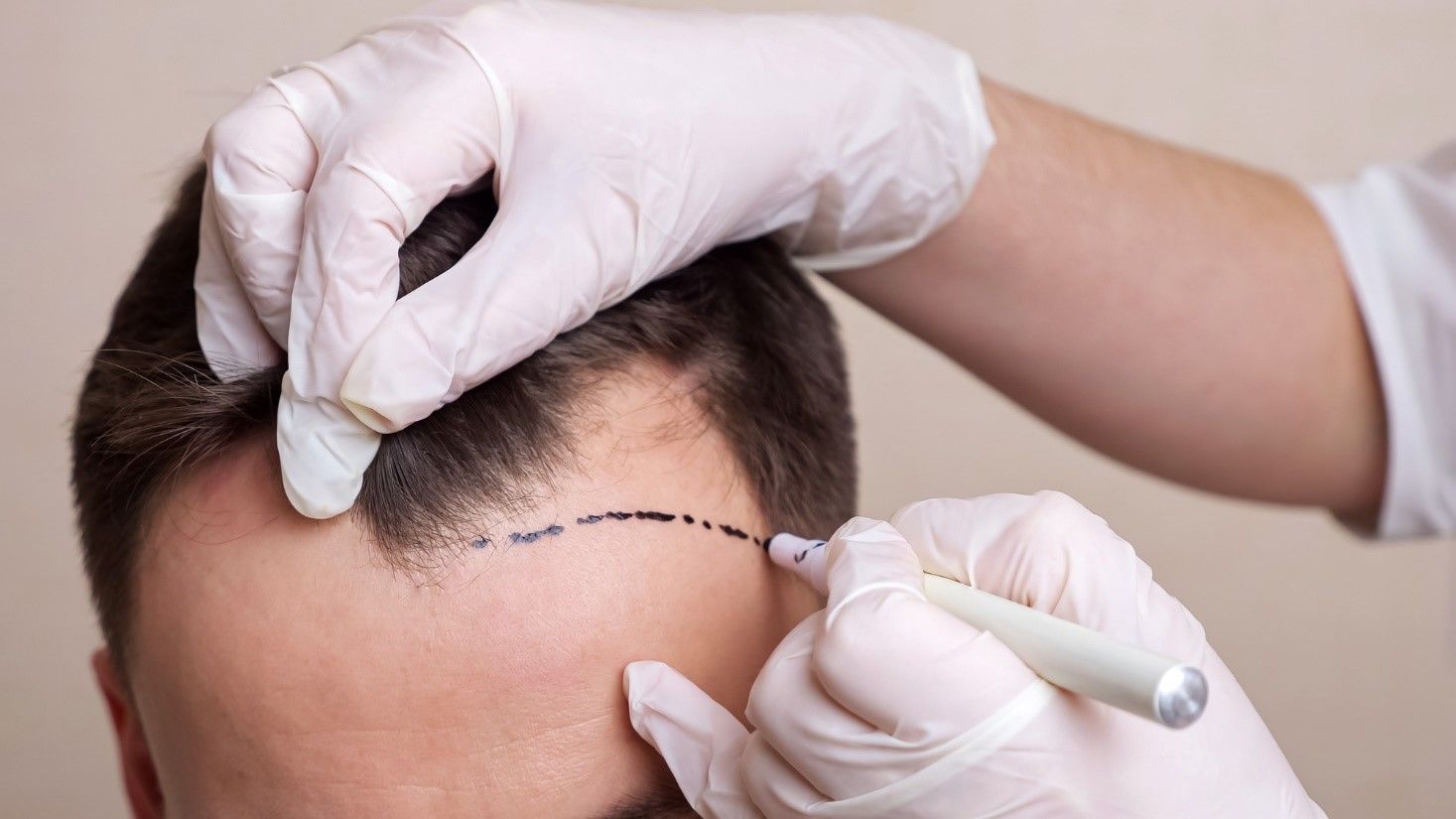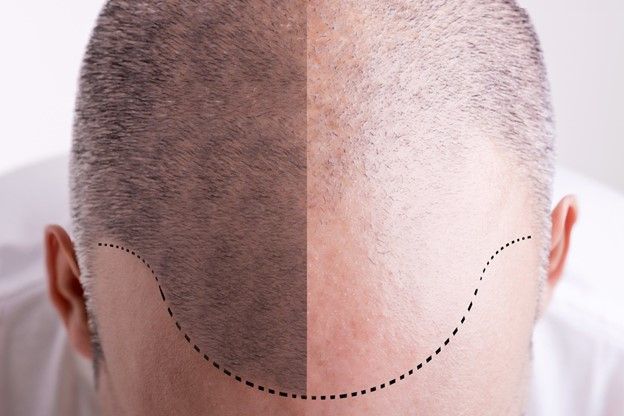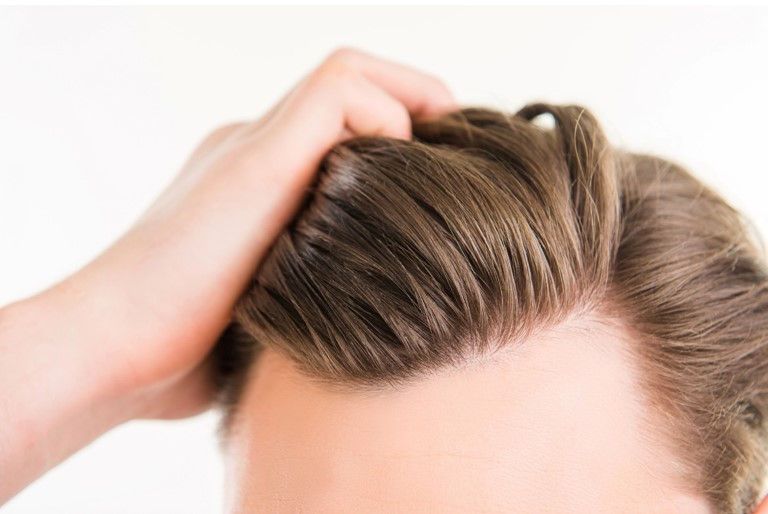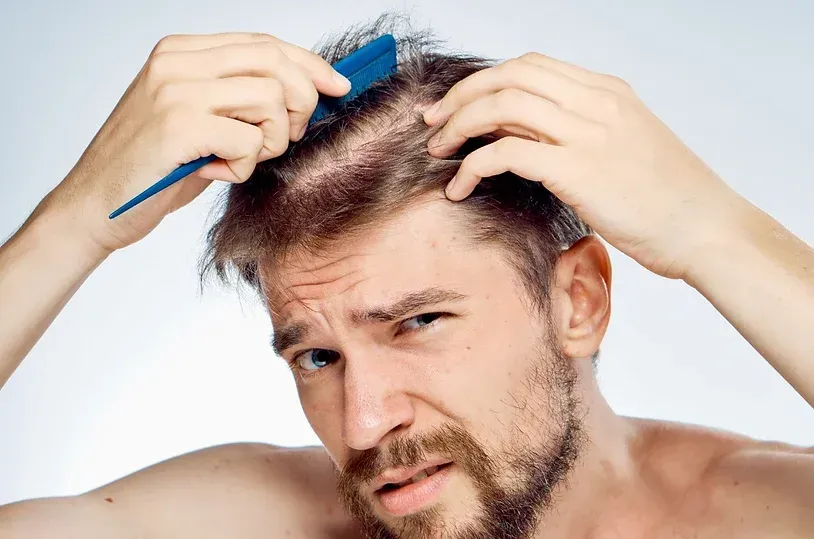How Can We Slow Down the Hair Balding Process?
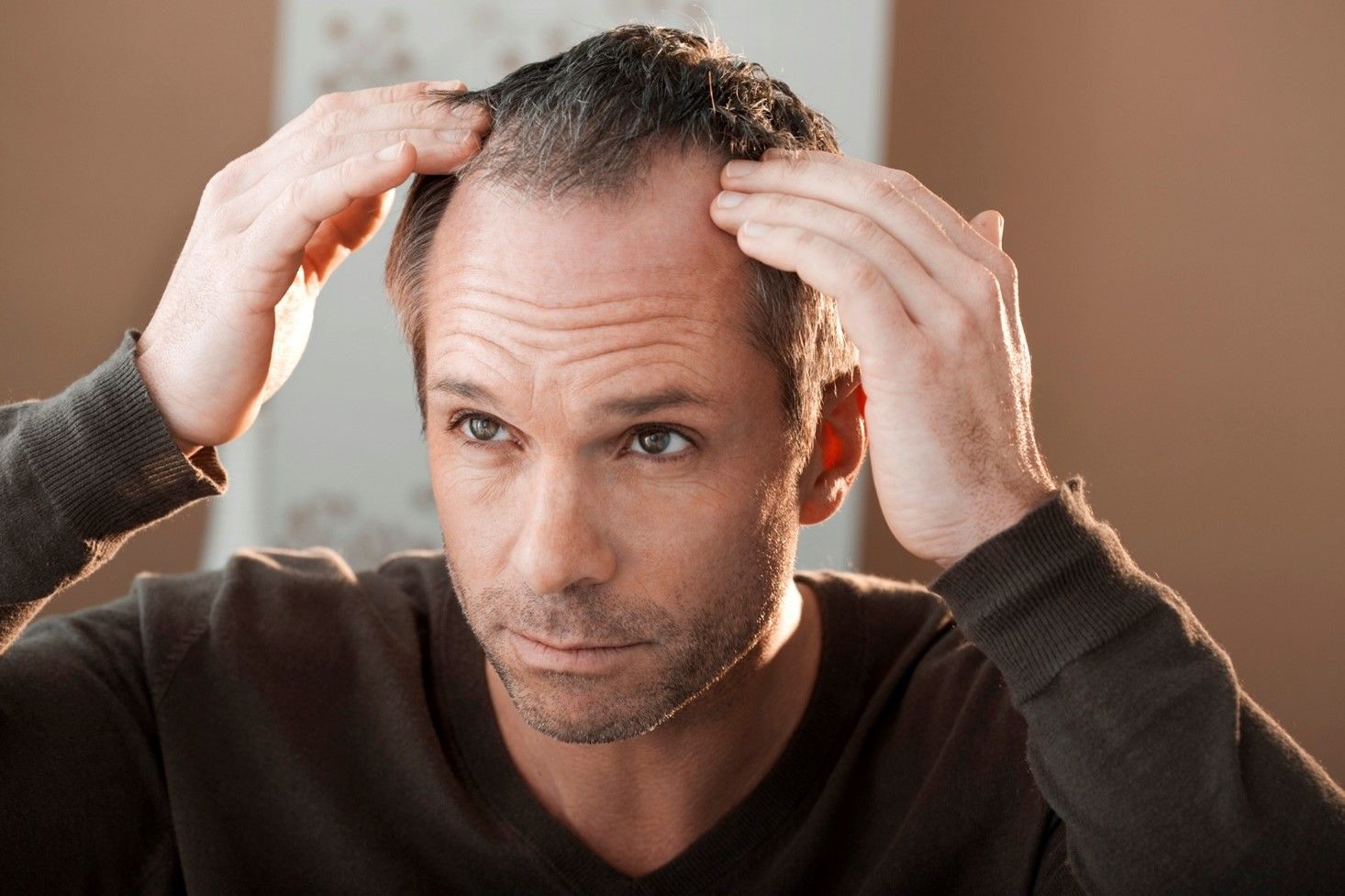
Though hair loss is commonly associated with aging, it is often a hereditary condition that can affect both men and women. If you are looking for hair loss treatment in Toronto, or simply need information on how to slow down the condition, you have come to the right place. In this blog, we share hair loss tips, medication alternatives and treatment options.
How to Slow Down Hair Loss
Keeping a Healthy Diet
A balanced diet plays an important role in keeping your hair strong. This is because not counting on enough nutrients in your diet can quickly result in problems for your hair shafts and follicles, which may eventually lead to hair loss. For instance, deficiency in nutrients such as iron, vitamin D and zinc can affect how fast your hair grow and how strong it will be. Making sure you have a balanced diet with all these nutrients can significantly slow down the hair loss process.
Quit Smoking
Smoking can also have an impact on your hair, causing or accelerating the process of hair loss. This is because the act of smoking releases cytokines, which are proteins capable of interfering with your hair follicles. Inflamed follicles will produce weaker hair strands, which are more likely to be lost when they grow. If you are a smoker and suffer from any type of hair loss, cutting the habit may slow down the process.
Use Hair and Scalp-friendly Products
Apart from quitting smoking and improving your diet, you can also try to use hair-friendly products to reduce hair balding. There are many shampoos and conditioners in the market made with nutrients that can strengthen your hair. Additionally, you can also try to comb your hair using brushes with soft bristles, which may avoid damage to your scalp and consequently reduce hair loss.
Scalp Massage
Though scalp massage doesn't necessarily prevent the loss of weaker and thinner hair strands, it can contribute to hair grow in some cases. This is because massages can stimulate and stretch the cells of hair follicles, allowing thicker and stronger hair to grow.
Are There Medication Options That May Help?
Yes, some medications can slow down the process of hair loss, but they usually do it in different ways. Minoxidil, for instance, tackles the problem by increasing blood flow to the hair follicles, which stimulates hair grow with time. However, medications like Finasteride promote hair growth by targeting hormones responsible for hair loss. However, asking the opinion of a doctor is fundamental before taking any medication.
Treating Hair Balding with Hair Transplant
Hair loss can also be tackled with hair medical procedures. For instance, Follicular Unit Transplantation is an effective method of transplanting hair from the back of your head to the areas where you are suffering from hair loss. The method is commonly preferred among doctors and patients as it is generally faster than other surgeries and the recovering time is typically no longer than 48 hours.
Hair Loss Treatment in Toronto
In search of hair balding solutions Toronto? Looking for efficient and reliable hair transplant procedures? Dr Paul Cotterill is here for you. With over 35 years of experience, we can provide you with reliable surgical and nonsurgical hair treatments, providing you with the confidence you deserve. Reach out to us!

